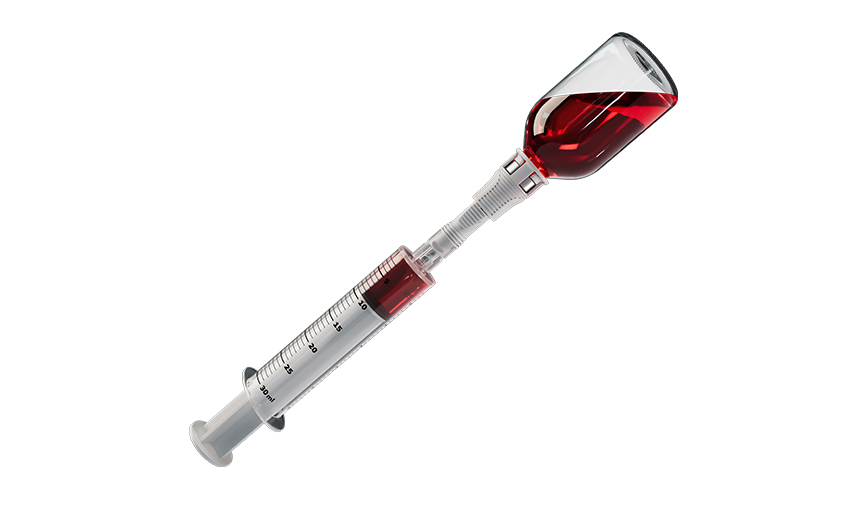Key Trends in Closed System Transfer Devices (CSTDs) for 2025
As healthcare systems continue to emphasize safety and efficiency, Closed System Drug-Transfer Devices (CSTDs) have become essential for reducing the risk of exposure to hazardous drugs, particularly in chemotherapy preparation and administration. These devices play a crucial role in protecting both healthcare workers and patients.
Looking ahead to 2025, advancements in CSTD technologies will further enhance safety standards, and address emerging challenges in drug handling. Here are the key trends to watch:
